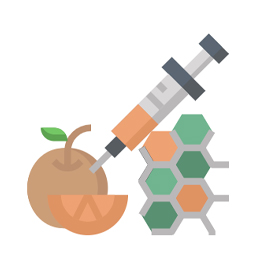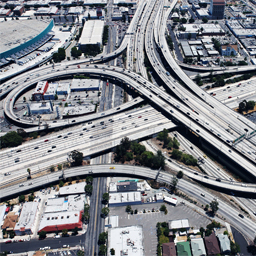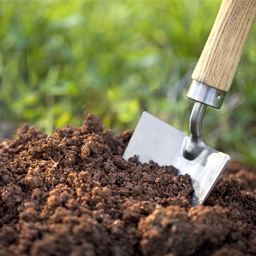
The Major Challenges Of The Agricultural Sector In Kenya
For starters, let´s settle in a statement: the most important contribution to Kenyan economy is done by agriculture with a significance of 25% of the GDP (Gross Domestic Product). Also, the sector provides 65% of the total country´s exports giving the population 18% of the total formal employment.
With this data, it is easy to understand that the country´s economic present and future depend largely on the well-being of Kenyan agricultural sector.
Kenya Agriculture Characteristics

The average of land owned by them from 0.2 to 3 ha.
There are some characteristics that are proper to Kenyan agriculture:
- The agricultural sector is mostly formed by small to medium farmers. The average of land owned by them from 0.2 to 3 ha. The small-scale production is the 75% of the total market and up to 70% of the marked agricultural production.
- The entire agricultural sector of the country is dependent of the bimodal rainy season. Eighty percent of the country is considered to be arid and semi-arid, this means that the average yearly rain is 400mm. droughts are very frequent, and they take away one every three seasonal crops.
The Major Challenges Of The Agricultural Sector
Derived largely from the characteristics that are inherent to the landscape and the soil, these are today´s biggest challenges of the increasingly technological agricultural sector in Kenya.
 The Use Of Outdated Technology
The Use Of Outdated Technology
Although it is one of the KARI´s most important bets into the future, it has been a major challenge to have users adopt the newer technology made available for them.
The misdirection of efforts due to poor research done with obsolete technology reduces the potential productivity-boost that could take place in Kenya.
 Climate Change
Climate Change
The climate change occurring nowadays on planet Earth is no news for any of us. What it is big news is what that climate change is doing to the soil in Kenya.
Those zones that were considered to be semi-arid are in danger of becoming arid and the arid zones have become so dry that no agricultural project can be thought for them. There is currently a project underway and is one of KARI´s strategic goals to achieve artificial irrigation to compensate the lack of rainfall in certain areas.
According to recent studies, the production could be multiplied ten times with that investment.
 Diseases And Pests
Diseases And Pests
There is a huge problem with pests and diseases that not only applies to the pre-harvest moment. There have been some major issues with the storage facilities not being adequate for the goods to stay there for some period of time.
For example, afflatoxins affecting maize in the southern provinces after it was harvested and once it was stored caused severe losses. This is considered to another drawback from farmer´s lack of information or misinformation on how to properly go about controlling pests and diseases.
 Infrastructure
Infrastructure
There are some peripheral needs that have to be tackled at a large scale to aid the farmers all around Kenya. One of the main issues in this regard is the lack of and the poor conditions of rural roads linking the farmer´s facilities and the commercialization spots in the country.
This affects the loss of perishable goods and also increases largely the costs associated with the production. If production costs are higher, they are translated into the final price of the product that reaches commercialization spots in good shape, impacting the production wheel negatively on both ends.
 Soil Nutrients
Soil Nutrients
Another major issue is the increasing population of the country forcing the terrain subdivision to be done in smaller parcels. Smaller parcels produce less amount of product and therefore have to be exploited with less downtime between crops.
Soil nutrients are, then, not given the chance to be restored naturally damaging the outcome. Poor yields, weak plants and more fertilizer expenses are all a result from this lack of information farmers have. KARI has already acknowledged this situation and information about product rotation and harvest cycle is being given to all farmers in the country to preserve the potential of Kenyan soil.

